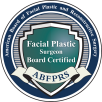Revision Rhinoplasty in NYC
THE PROCEDURE
WHAT IS REVISION RHINOPLASTY?
To significantly repair and improve the appearance of an over- or under-operated nose and re-establish a natural, harmonizing, well-proportioned look to it and the face as a whole. To improve nasal function, especially breathing, as required.
RESULTS
REVISION RHINOPLASTY BEFORE AND AFTER
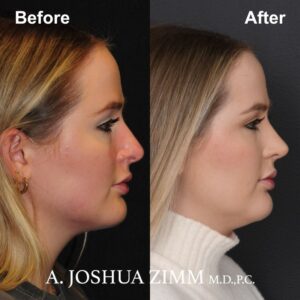
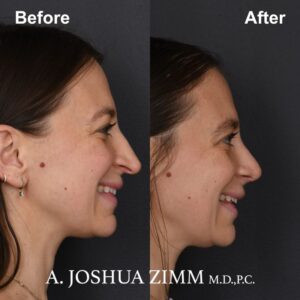
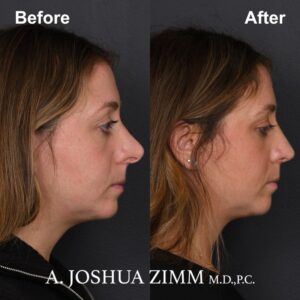
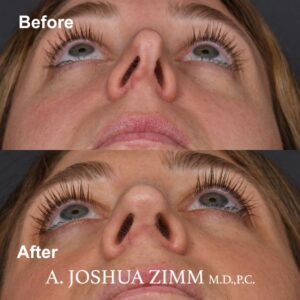
RHINOPLASTY CAST REMOVAL REACTIONS
The Surgery
- Revision surgery is different from primary rhinoplasty and requires unique expertise to understand the underlying anatomic causes and complications of the various problems in an over- or under-operated nose.
- Targeted approaches are successful if the problem is focused and limited. More comprehensive reconstruction is needed for severe problems.
- To maximize the benefits of this corrective cosmetic procedure it is important to find a surgeon who specializes in revision rhinoplasty and with whom a patient can clearly communicate their goals for improvement. It is important patients truly understand the limitations of revision surgery and have realistic expectations.
THE CHALLENGES
- Sometimes a nose may be virtually beyond repair, but this is rare. The biggest obstacle facing a revision rhinoplasty specialist is trying to fix a nose that may have undergone several revisions or in which there is limited tissue to work with.
- The amount of scarring or degree of skin contracture may limit the degree of improvement possible.
- As disappointing as it may be, in some cases it may be best to avoid surgery, as the risks of further revision may outweigh the benefits.
- For a patient who knows there's something wrong with their nose, but just isn't sure what they want, revision rhinoplasty can be a frustrating process. That is why it is essential to work with a specialist who can help patients sort through their confusion and fear and find a solution.
Goals
- This procedure can restore a more natural look to a nose that has been over-operated and appears too small, short, long, narrow, wide or twisted.
- It can further refine a nose that did not have a full correction with the previous procedure.
- Impaired nasal breathing caused by previous surgeries can be substantially improved.
- In the hands of the right specialist, revision rhinoplasty gives patients a renewed sense of self-confidence and the real hope of having a natural looking nose that enhances their facial features.
SPECIAL CONSIDERATioNS
- The number of revision surgeries a patient has previously undergone.
- The presence of scar tissue from prior surgeries, which may cause complications.
- Patient expectations.
Down Time
- An outpatient procedure that results in little pain or nausea, the recovery period for revision rhinoplasty is approximately 2 weeks. Patients will wear a small nasal cast for 1 week and there is usually some swelling and bruising. This is dramatically reduced by the end of the first week of recovery.
- After bandage (or splint) removal, patients can usually go outside with makeup.
